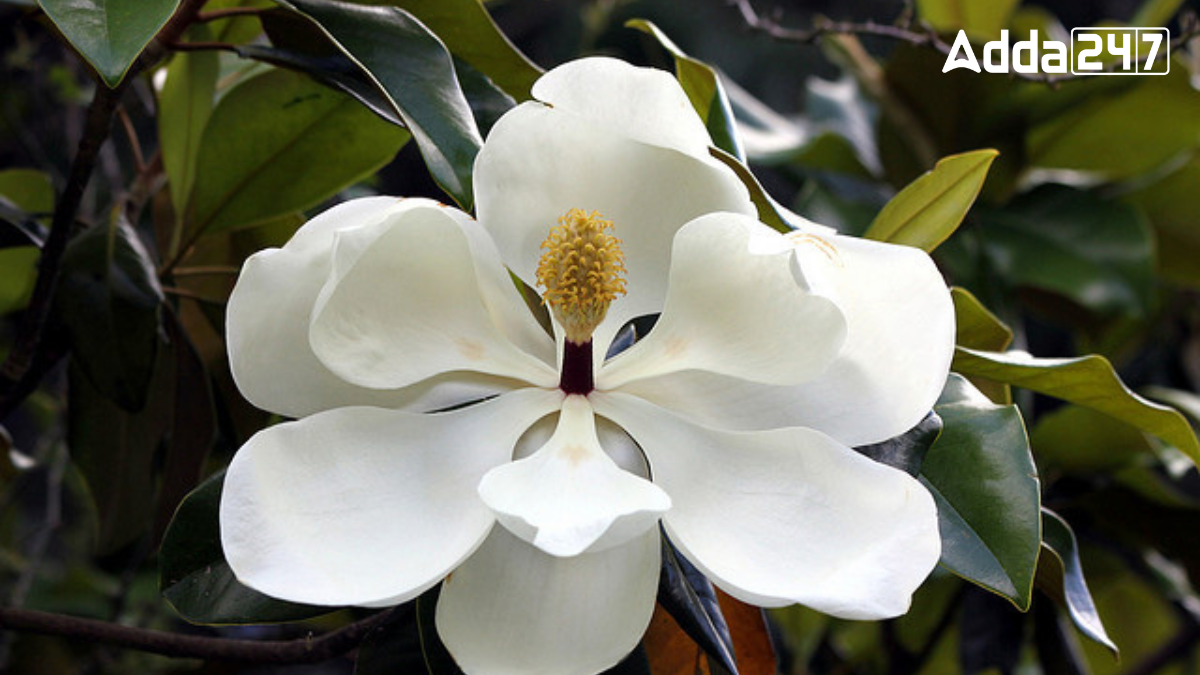Mississippi, located in the southeastern region of the United States, proudly bears the nickname “The Magnolia State.” This designation is steeped in the state’s natural beauty and cultural heritage, both of which are deeply intertwined with the magnolia tree, its flowers, and its symbolic significance.
Which State of United States is Known as “The Magnolia State”?
Mississippi is known as the “Magnolia State” due to its abundance of magnolia flowers and trees. This nickname highlights the state’s natural beauty, with the magnolia serving as both the official state flower and tree. Mississippi’s rich botanical heritage and picturesque landscapes are symbolized by this elegant and iconic bloom, reflecting the state’s pride in its natural flora.
Abbreviations for Mississippi
Mississippi is identified by the two-letter postal abbreviation “MS” and the traditional abbreviation “Miss.” These abbreviations are commonly used in mailing addresses and various forms of documentation.
Significance of the Magnolia
The magnolia holds a special place in Mississippi’s identity:
Official State Flower: The magnolia was designated as the official state flower in 1952, symbolizing the state’s natural charm and elegance.
Official State Tree: In 1938, the magnolia was also declared the official state tree, further cementing its importance in the cultural and natural landscape of Mississippi.
The Cultural and Environmental Impact
The magnolia’s prominence in Mississippi goes beyond mere symbolism. The tree and its flowers play a crucial role in the state’s ecosystem, providing habitat for various wildlife and contributing to the overall biodiversity. Culturally, the magnolia is a symbol of hospitality, elegance, and southern charm, often featured in literature, art, and local celebrations.




 Which Country is Known as the Land of Ch...
Which Country is Known as the Land of Ch...
 Which Bird is known as the King of Birds...
Which Bird is known as the King of Birds...
 Which City of Austria is Known as the Ci...
Which City of Austria is Known as the Ci...







